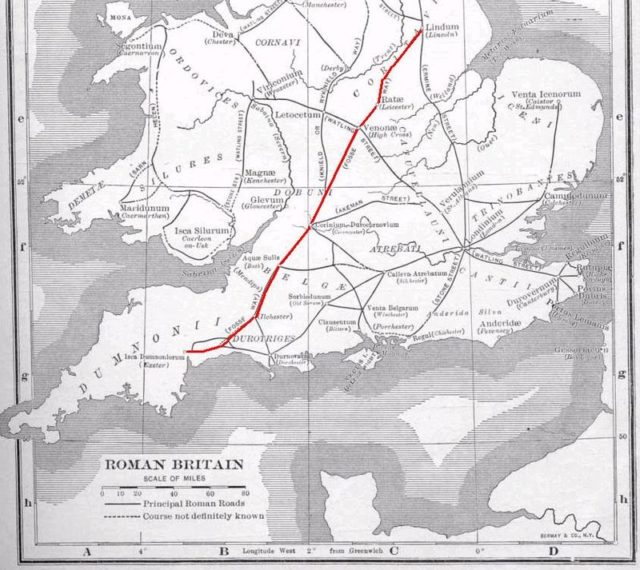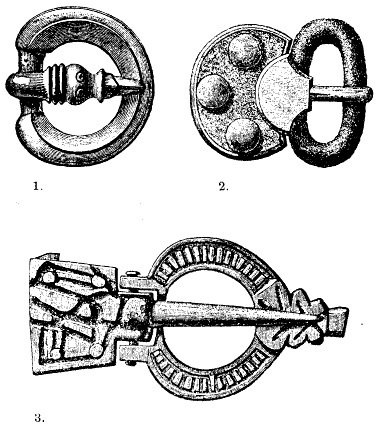The soil of Leicester has yet produced another remarkable archaeological find; a cemetery from the Late Roman era that contains some 83 skeletons. Among the remains was a middle-aged man with a unique and elaborately decorated belt. The design and structure of the belt are characteristic of the soldiers and civil servants of the Late Roman period.
Researchers say that a closer examination of the artifact may yield new information about Roman Britain. The belt, which probably to a middle-aged soldier or civil servant, had dogs and dolphin figures engraved on it; the discovery was made not from the Roman Road in Leicester.

The cemetery discovered at the site contains 83 skeletons. However, the team of the researchers from the University of Leicester was astonished to have found one of the bodies wearing a well-decorated belt around his waist. The find also reveals that Roman officials and high ranking soldiers were often buried alongside commoners in the ccity’s graveyard. While digging around the old Roman road, known simply as the Western Road, in the West End of Leicester, the researchers from the University of Leicester’s Archaeological Services stumbled upon the Roman graves. However, one grave above all the burials has proven to be more exciting than all the others. The grave in question had been dug on the western bank of the Soar River, towards the southwest of the old Roman town and near the famous Fosse Way Road.
Inside the grave lay a skeleton of a middle-aged Roman Briton; however the eye-catching contents of the grave suggest he belonged to either the military or the civil service. The find is considered as one of the rarest kind in Britain and has stirred considerable excitement among the archaeologists who worked on the sites.

According to the Post Excavation Manager at University of Leicester’s Archaeological Services Nick Cooper, the relic has been preserved perfectly, and the survival of its thin, delicate sheet is remarkable and extremely rare. Cooper added that these kinds of belts were cast in the ancient chip-carved method of decoration, which included a long interlocking spiral design, riveted to a thinner and sound strap that ran through the buckle. The buckle of the belt had dolphins carved on it, whereas the end of the long strap is decorated with dogs on both sides of the tapered end.
